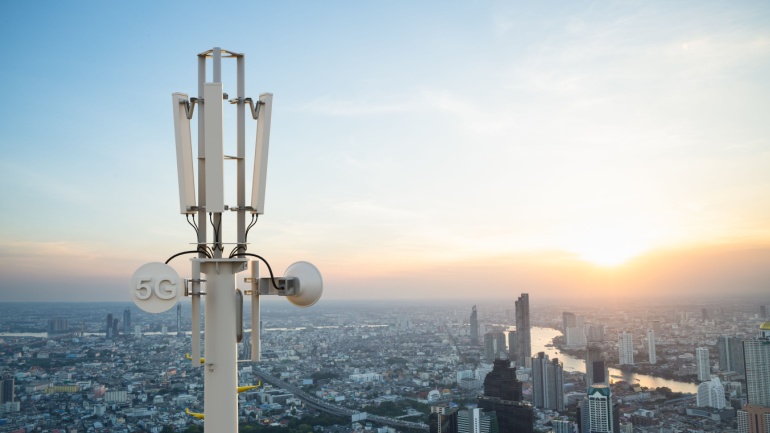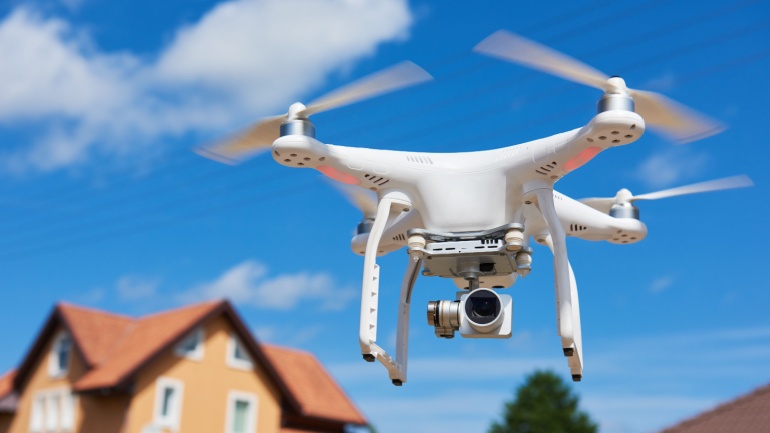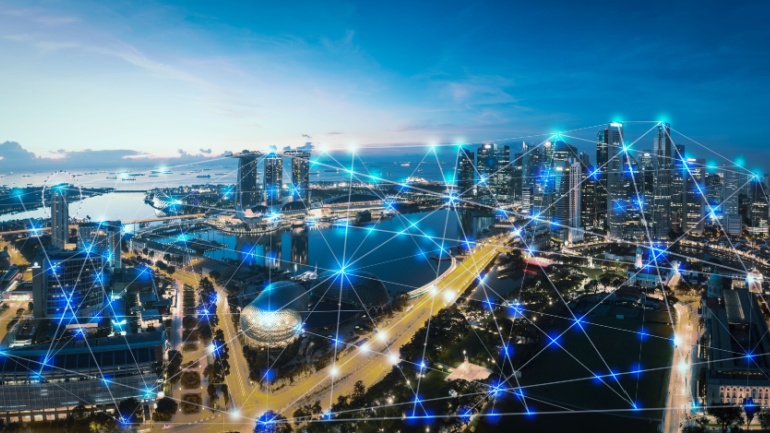In a pioneering initiative, passengers traveling on a high-speed rail route in Southern China are now enjoying faster and more reliable 5G connectivity, thanks to the innovative use of digital twin technology. ZTE and China Mobile’s Yunnan Branch have collaboratively developed a detailed 3D model of the railway’s surrounding infrastructure, significantly enhancing network performance along the challenging terrain of the KunchuDali railway.
Ericsson, the Swedish telecommunications equipment manufacturer, is bracing for another challenging year by announcing a new wave of job cuts within Sweden. The company has pointed to a constricted mobile networks market in 2024, driven by cautious customer spending and a continuation of the trend of reduced operator investment, which it had previously described as unsustainably low. Despite various analyst reports reinforcing this bleak outlook, Ericsson remains committed to its strategic goals but acknowledges the need for significant operational adjustments to navigate the current climate.
Serveo and Telefónica Tech are setting a new standard in eco-friendly mobility and road safety, utilizing drones for a novel traffic management approach. These drones, operated by Navalair, offer aerial views to quickly assess traffic incidents and road conditions, thereby enhancing support to accident victims and expediting response times.
Cisco, the multinational technology conglomerate, has successfully finalized its purchase of Splunk, marking a significant stride towards offering unmatched visibility and insights across comprehensive digital landscapes. This acquisition is poised to redefine how organizations connect and safeguard their operations in an increasingly digital world.
Zoom Video Communications, Inc., has earned a spot on Fast Company’s exclusive list of the World’s Most Innovative Companies for 2024, a recognition highlighting its contributions to reshaping industry norms and cultural practices through groundbreaking innovations. Fast Company’s annual compilation not only celebrates the top 50 trailblazers but also extends its honor to 606 entities spanning 58 sectors and regions, acknowledging their significant achievements and setting of new benchmarks across the economic spectrum.
Three UK’s latest financial report reveals a concerning swing to a loss, underscoring the company’s pressing need for a merger with Vodafone, as articulated by its chief executive. Despite experiencing growth in both revenue and customer base last year, the mobile operator faced increased capital spending and operating costs, leading to its first earnings loss in over a decade. This financial downturn has been a pivotal factor in advocating for the proposed merger with Vodafone, according to Three UK’s CEO, Robert Finnegan.
In response to the unprecedented outage of the UK’s emergency calling service last summer, the Department for Science, Innovation and Technology (DSIT) has put forward new measures aimed at bolstering the system’s reliability. These steps are in addition to enhancements already made by BT to its emergency call handling protocols, following a significant disruption that saw 9,641 callers unable to reach emergency services due to a software bug on 25 June.
Nokia has enhanced its WaveSuite optical network platform. Companies across various industries are increasing their investment in artificial intelligence. Ericsson launched EFTG to drive 5G advancements in U.S. federal agencies for national digital transformation. NVIDIA’s launch of the GB200 Grace Blackwell Superchip promises to revolutionize generative AI’s efficiency and performance.
NEC Corporation (NEC; TSE: 6701) and NTT Corporation (NTT) today announced that they have successfully conducted a first-of-its-kind transoceanic-class 7,280km transmission experiment using a coupled 12-core multicore fiber (*1), which consists of 12 optical signal transmission paths in a standard outer diameter optical fiber (0.125 mm). This achievement is expected to be a next-generation transmission infrastructure technology that will contribute to the realization of large-capacity optical networks, including future optical submarine cables.
The Federal Communications Commission (FCC) has breathed new life into a stalled initiative aimed at extending 5G network coverage to America’s rural areas. The rejuvenated program, named the 5G Fund for Rural America, seeks to allocate $9 billion over the next decade to bring 5G connectivity to 14 million homes and businesses in regions currently overlooked by operators due to financial impracticalities.













